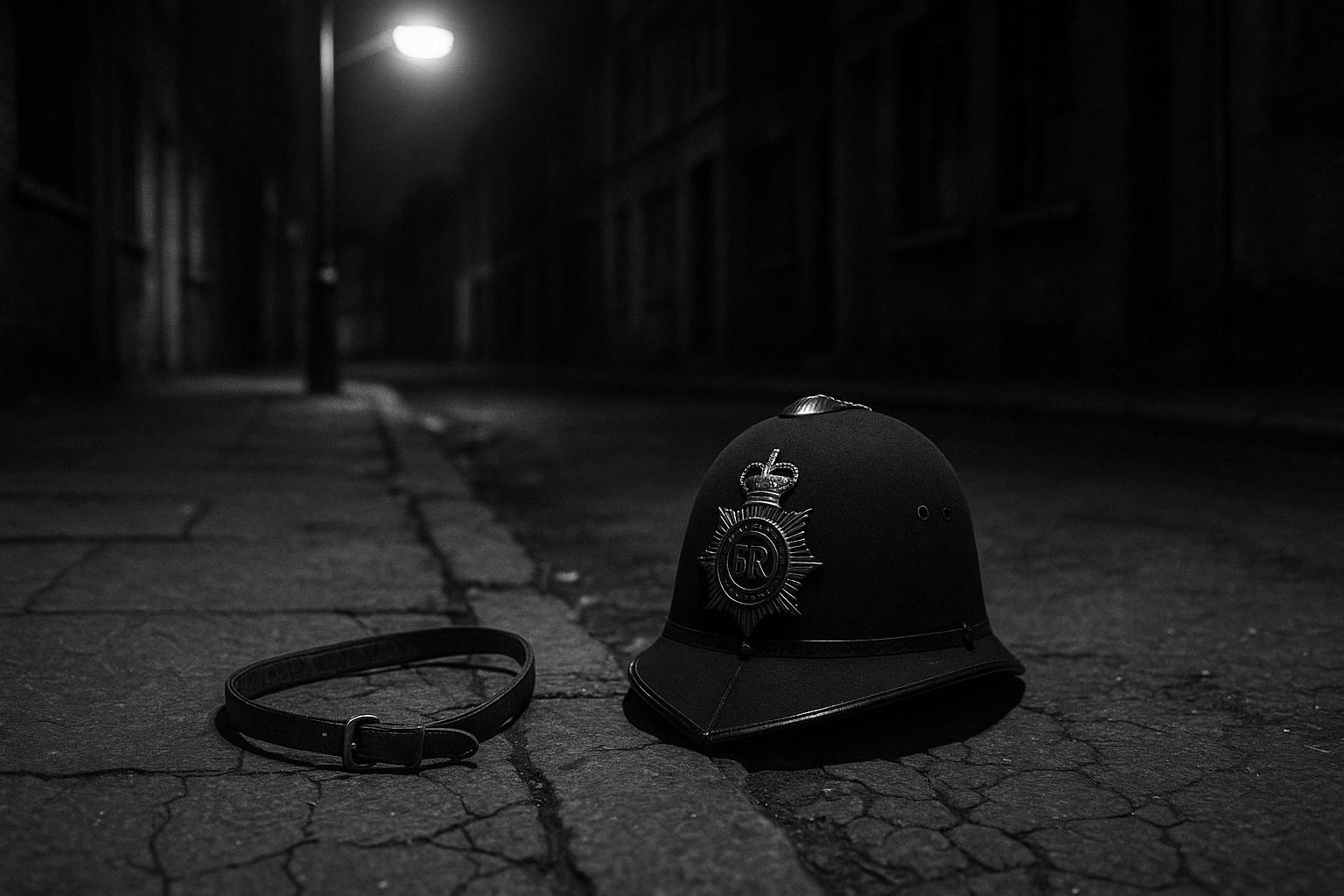Broadcaster Selina Scott has told national media that she was the victim of a violent mugging in central London in June and has publicly blamed the Mayor of London for what she described as a failure of policing. Scott said she was surrounded near Waterstones on Piccadilly by a group who struck her on the back of the leg and stole her purse; she told interviewers she searched for officers as she ran towards Leicester Square but found only private security and that the nearby West End Central police station had been closed. Metropolitan Police commissioner Sir Mark Rowley subsequently apologised, saying the force “could have given the broadcaster a better service” after he admitted the officers were unable to provide the standard of response expected on that day. (standard.co.uk)
Scott told The Telegraph she “actually blame[s] the mayor of London”, arguing that the mayor’s primary responsibility is to keep Londoners safe and that visible public policing in the West End felt inadequate; she also spoke of feeling “humiliated and angry” after the attack. A spokeswoman for the mayor defended City Hall’s record and reiterated that “nothing is more important to the Mayor than keeping Londoners safe”, listing what the office described as long‑term falls since 2016 in young people injured by knives, homicide, gun crime with lethal barrel discharges and burglary. The spokeswoman pointed to sustained investment from City Hall and said extra resource would be deployed in the West End, including a 50% increase in officers on the beat and 90 additional officers in town‑centre teams aimed at shoplifting, anti‑social behaviour and phone robbery. (standard.co.uk)
City Hall has sought to place individual incidents such as Scott’s in the context of an expanded funding commitment. In a press release earlier this year the Mayor proposed a record Mayoral policing settlement for 2025–26 — set out as roughly £1.159 billion in City Hall material — arguing the extra money is needed to protect neighbourhood policing and reduce planned cuts to specialist teams. The Mayor’s office and MOPAC also point to a series of policing and prevention measures, including the Violence Reduction Unit and reforms after the Baroness Casey review, as factors behind falls in several offence types since 2016. (london.gov.uk)
But the statistical claims are more nuanced than the headline figures imply. A Freedom of Information response from City Hall, provided in January 2025, says the data used to support the Mayor’s claim on young people injured by knives comes from the Metropolitan Police’s public monthly crime dashboard and shows knife‑injury victims aged under 25 down 24% when comparing the 12 months to May 2016 with the 12 months to December 2024 — slightly lower than the 26% figure the mayor’s spokeswoman quoted. The FOI reply also flags important caveats: police‑recorded crime can be revised month to month, offences may be reclassified or transferred between forces, and data extractions will depend on the time and parameters used; City Hall provided links to the underlying MPS dashboard dataset for independent scrutiny. (london.gov.uk, data.london.gov.uk)
Independent national statistics offer further perspective. The Office for National Statistics’ bulletin on homicide in England and Wales for the year ending March 2024 recorded 570 homicide victims — a 3% fall on the previous year and the lowest total since the year to March 2016 when excluding the distortions of the COVID‑19 period. The ONS analysis emphasises caution in interpreting year‑to‑year movement and notes that teenage homicide victims remain disproportionately likely to be killed with knives or sharp instruments, underlining that broad percentage falls do not erase local concentrations of serious violence. (ons.gov.uk)
The exchange between a high‑profile victim, the Met and City Hall highlights the tension between individual experience and aggregated performance metrics. For many Londoners, a visible and timely police presence is a practical reassurance, and Scott’s description of walking miles home after losing money and finding no officers tapped into wider public anxieties. City Hall says that its new funding will fund more visible patrols in the West End and bolster town‑centre teams; the Met has apologised to Scott for the service failings she described but also points to resource pressures and the complexity of demand across the capital. (standard.co.uk, london.gov.uk)
What emerges is a familiar policy prescription: investment and deployment, paired with prevention and reform. City Hall and MOPAC publish the datasets and reports that underpin their assertions, and the FOI response explicitly encourages independent examination of the MPS monthly crime dashboard. At the same time, officials and analysts caution that crime‑recording practices, recent changes to police IT systems and the granularity of local trends mean that headline percentages should be read alongside raw counts, geographic breakdowns and the human stories of victims whose experiences do not disappear within long‑run statistics. The immediate public debate prompted by Scott’s case underlines the need for both clearer local policing plans and readily accessible data so Londoners can judge performance for themselves. (london.gov.uk, data.london.gov.uk)
📌 Reference Map:
##Reference Map:
- Paragraph 1 – [1], [2]
- Paragraph 2 – [1], [2]
- Paragraph 3 – [3], [4]
- Paragraph 4 – [5], [6]
- Paragraph 5 – [7]
- Paragraph 6 – [1], [3], [4]
- Paragraph 7 – [5], [6], [3]
Source: Noah Wire Services
